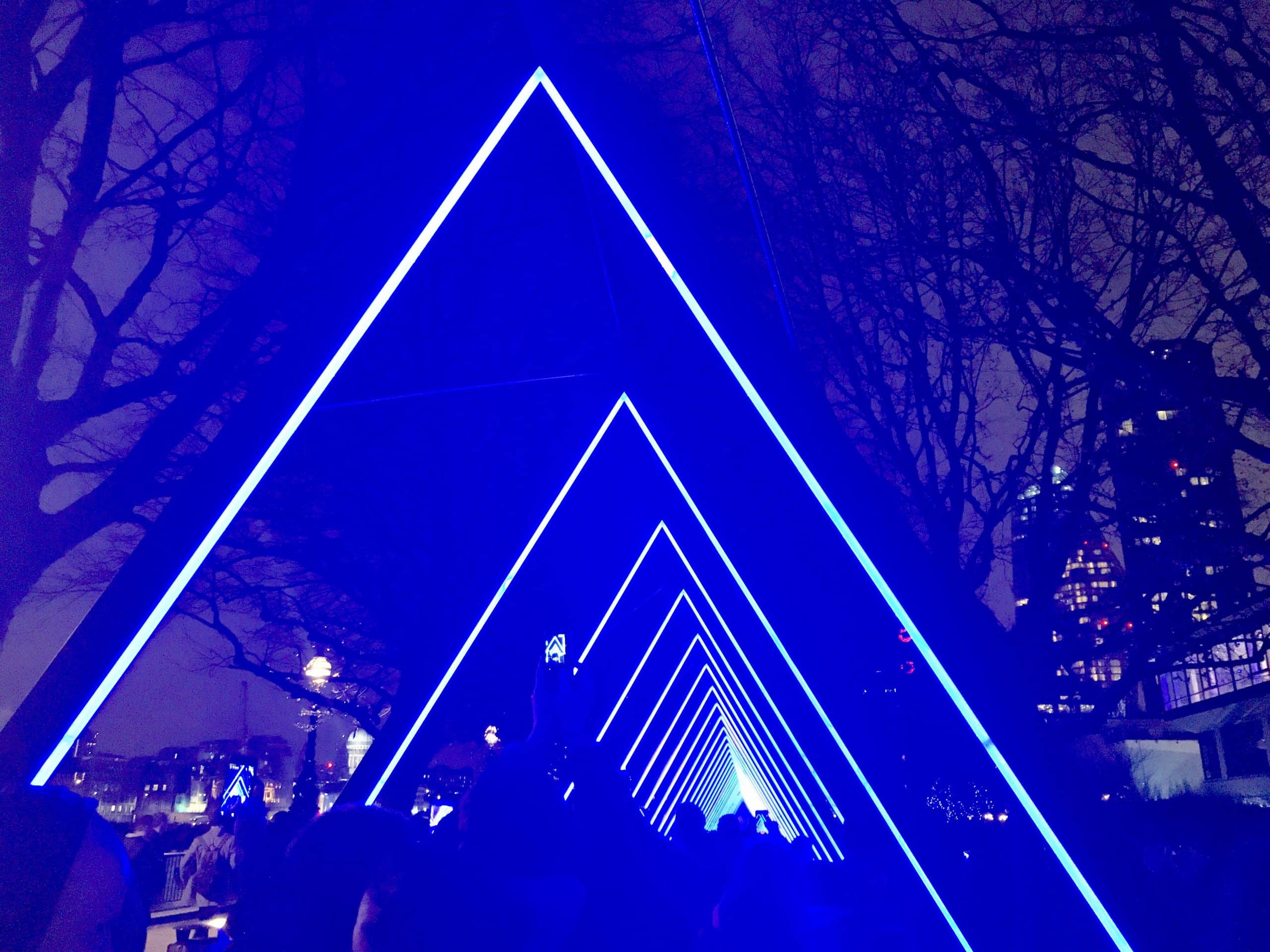What Are the Long-Term Effects of Blue Light Exposure from Screens on Ocular Health?

As we inch deeper into the digital age, the omnipresence of screens in our lives is becoming more and more apparent. From our computers and smartphones to televisions and tablets, it seems nearly impossible to escape the bluish glow of these devices. However, as we increase our screen time, a question arises: What are the long-term effects of blue light exposure from screens on ocular health?
While this blue light, also known as high-energy visible (HEV) light, is not inherently harmful, prolonged exposure from screens has raised concerns among eye care professionals. In this article, we discuss the potential long-term effects that blue light exposure from screens can have on eye health.
Additional reading : What Is the Role of Occupational Therapy in Managing Work-Related Repetitive Strain Injuries?
The Mechanism of Blue Light Damage
Before delving into the potential harm caused by blue light exposure, it’s essential to understand the mechanics of how this damage might occur. Blue light, despite its many technological uses, is very close to ultraviolet (UV) light on the light spectrum. This proximity means that it possesses similar high-energy characteristics, which can cause damage over time.
While our eyes are excellent at blocking UV rays from reaching the light-sensitive retina, they are not as efficient at filtering out blue light. This lack of natural protection allows more blue light to reach the deeper parts of our eyes, potentially causing harm over time.
Additional reading : What Are the Effects of Low-Level Laser Therapy in Treating Tendinitis Among Athletes?
Research has suggested that prolonged exposure to blue light can lead to a condition known as digital eye strain or computer vision syndrome. Symptoms include dryness, itchiness, blurred vision, and even headaches. These issues arise because blue light scatters more easily than other visible light, causing visual discomfort after long periods of screen usage.
The Potential for Retinal Damage
One of the most concerning potential effects of long-term blue light exposure is damage to the retina, the layer of tissue at the rear of the eye that detects light and color. Retinal damage, in severe cases, can lead to permanent vision loss.
Laboratory studies on cells and animals have suggested that exposure to high levels of blue light can cause damage to light-sensitive cells in the retina. This type of damage is similar to age-related macular degeneration, a leading cause of vision loss.
While these studies do not directly confirm that the levels of blue light emitted by screens cause the same level of harm, they do indicate a potential risk that warrants further investigation.
Blue Light and Sleep Disruption
Beyond the potential for physical damage to the eye, blue light exposure can also disrupt our natural sleep cycle. Our bodies use light cues to regulate sleep and wakefulness. As the sun sets, darkness signals the body to produce more melatonin, a hormone that promotes sleep.
However, blue light, which is similar to daylight, can disrupt this process if you’re exposed to it close to bedtime. The result can be difficulty falling asleep, frequent nighttime awakenings, and overall poor sleep quality.
Poor sleep doesn’t just lead to feeling tired. Research has shown that chronic sleep deprivation can have serious health consequences, including increased risk of heart disease, diabetes, obesity, and depression.
The Role of Blue Light Filters
Given these potential risks, should we all start wearing blue light glasses or installing blue light filters on our digital devices? The answer is: It depends.
Some research suggests that blue light filters can help reduce digital eye strain. However, other studies have found little to no benefit. Furthermore, while blue light filters might help with sleep disruption, they don’t address the potential for retinal damage.
It’s important to remember that not all blue light is bad. It can boost alertness, help memory and cognitive function, and elevate mood. It’s also crucial in regulating our sleep and wake cycle. The real issue is overexposure, particularly from screens, and at the wrong times.
Conclusion
While we continue to learn more about the long-term effects of blue light exposure, it’s clear that balance is key. Limiting screen time, especially before bed, using tools to reduce blue light exposure, and regular eye checks can all contribute to maintaining good eye health in our screen-dominated world.
The Importance of Regular Eye Exams
As we navigate a world dominated by screens, it becomes increasingly crucial to ensure that our eyes remain healthy. Regular eye exams play an essential role in maintaining ocular health in the face of constant blue light exposure.
A comprehensive eye exam can detect early signs of digital eye strain and other conditions associated with prolonged blue light exposure. These exams can test visual acuity, evaluate your prescriptions, and check for common eye diseases such as glaucoma and macular degeneration. Most importantly, they can identify signs of potential retinal damage due to blue light exposure.
In addition to detecting potential problems, regular eye exams provide an opportunity for you to discuss your digital habits with your eye care professional. They can offer personalized advice and strategies to help you manage your screen time and reduce potential damage. This may include suggestions for eye-friendly lighting, workspace ergonomics, and screen breaks.
However, despite the importance of regular eye exams, many people neglect this crucial aspect of eye care. They may think that if they aren’t experiencing symptoms such as blurred vision or headaches, their eyes are fine. But many eye conditions don’t have noticeable symptoms in the early stages, so without regular exams, they could go undetected.
Creating a Blue Light-Healthy Environment
Another important strategy in combating the effects of blue light is creating a blue light-healthy environment. This involves a combination of personal behaviors and environmental adjustments.
Personal behaviors can include regular screen breaks. A popular strategy is the 20-20-20 rule: every 20 minutes, take a 20-second break and look at something 20 feet away. This can help reduce digital eye strain. Another behavior is limiting screen time in the evening. As mentioned earlier, exposure to blue light close to bedtime can disrupt the sleep cycle.
Environmental adjustments can involve optimizing lighting. Avoid using bright screens in dark rooms. Instead, use devices in well-lit rooms and adjust your screen brightness to match the surrounding light level. You can also adjust the color temperature of your device to reduce the blue light output.
Many devices now come with built-in features to reduce blue light exposure, like night mode or dark mode. Using these features, particularly in the evening, can help manage blue light exposure.
Conclusion
In conclusion, the long-term effects of blue light exposure on ocular health are still not fully understood. However, the potential risks warrant precautionary measures. While blue light is not inherently harmful, excessive exposure from screens, particularly at the wrong times, can have negative effects.
Implementing strategies such as regular eye exams, following the 20-20-20 rule, limiting evening screen time, and optimizing lighting can help mitigate potential damage. Most importantly, balance is key. We live in a digital world, but that doesn’t mean we have to sacrifice our ocular health. By being mindful of our screen habits and taking proactive steps, we can enjoy the benefits of technology without harming our eyes.
